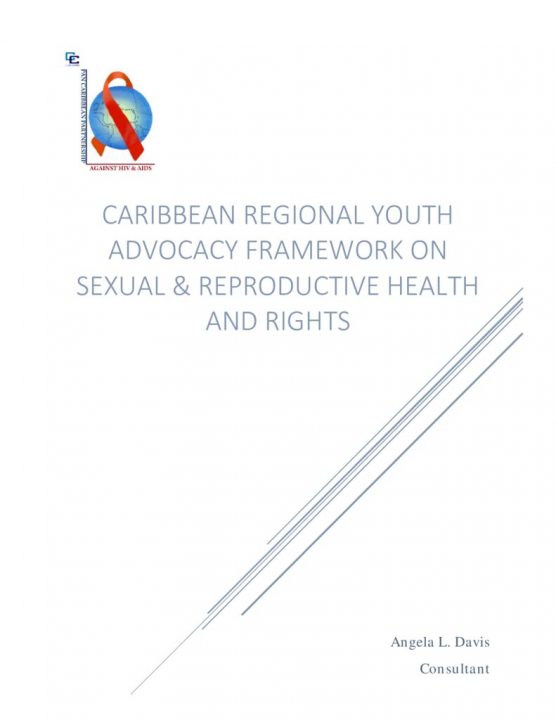
Caribbean Regional Youth Advocacy Framework on Sexual and Reproductive Health and Rights
Summary
Recognizing the continued vulnerability of young persons within the Caribbean region to the threat posed by the HIV/AIDS epidemic, the Pan Caribbean Partnership Against HIV and AIDS (PANCAP) sought to mobilize resources to aid in mitigating this risk. Guided by the regionally endorsed vision, articulated through the Caribbean Regional Strategic Framework on HIV and AIDS (CRSF 2014-2018), PANCAP has undertaken an effort to bring strategic focus and needed resources, to address the issues which enhance the vulnerability of young persons, as a key population in this region, relative to HIV infection.
PANCAP is committed to working in partnership with other stakeholders to provide opportunities for meaningful engagement with the young people of the region. Opportunities which will serve to integrally involve and support young people, by: fostering an environment for the enhancement of their knowledge and skills to advocate on behalf of their constituents; for the observance and protection of their rights; to increase their access to high quality information, education and services which cater specifically to their needs; and to validate their right to make informed, independent decisions, pertinent to their sexual and reproductive health.
Through the development of a regional platform of youth leaders working to implement The Caribbean Regional Youth Advocacy Framework on Sexual and Reproductive Health and Rights, PANCAP’s intended objective is to further the remit of the CRSF on HIV and AIDS under Strategic Priority Areas (1): An Enabling Environment and (3) Prevention as well as to support the Justice for All Roadmap. By facilitating the representation and advocacy efforts of the region’s young people to the highest levels of regional leadership, it is hoped that these interventions will influence positive changes in existing policy and legislation, which currently impede access to sexual and reproductive rights and services, and as a consequence, increase their vulnerability to HIV infection.
